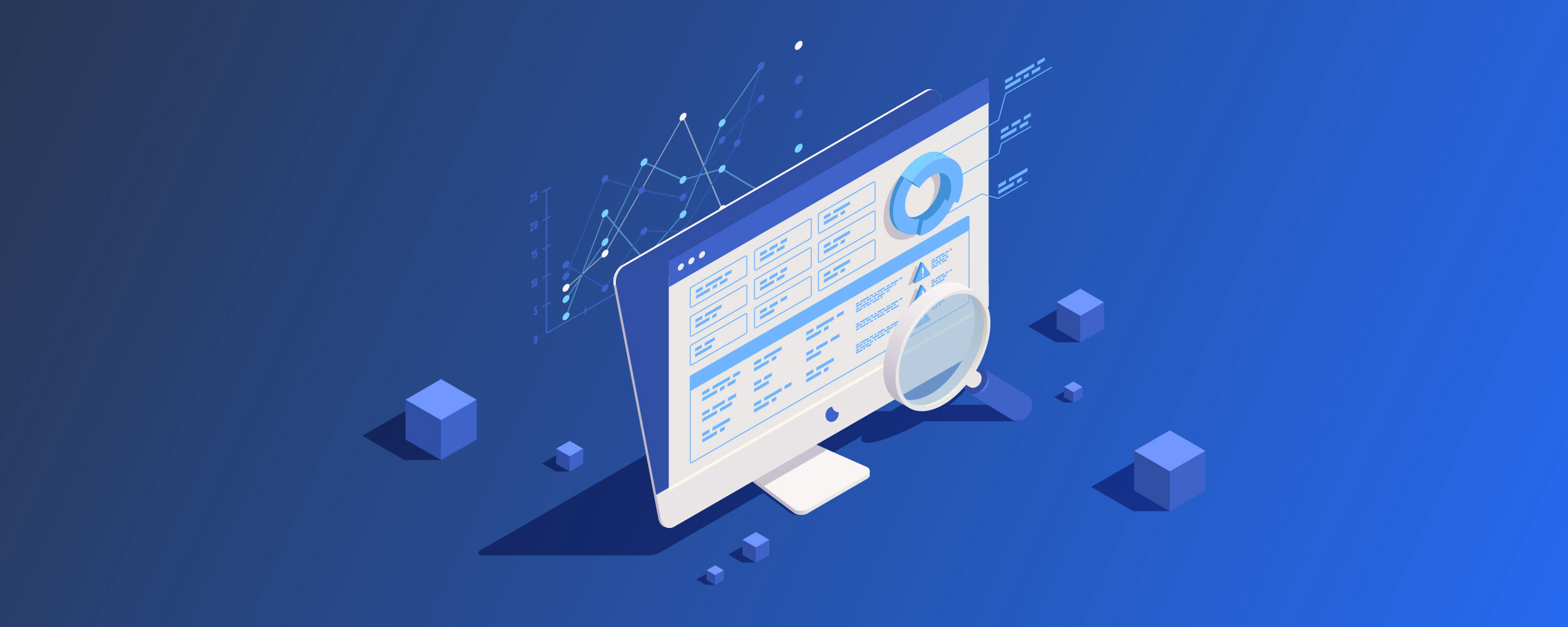DDI Impacts Everything

Timothy Rooney
Jul 16, 2024

DHCP/DNS/IPAM (DDI) technology provides foundational network services for your IP network, which typically includes private WAN/SDWAN networks, edge/SASE/cloud networks, remote access networks, Internet of Things (IoT) networks and the Internet. For example, when you provision a virtual private cloud (VPC), DDI is needed; when you instantiate or destroy virtualized machines or containers at scale, DDI is necessary; when deploying IoT devices, DDI plays a key role; if you’re leveraging cybersecurity frameworks such as zero trust or the NIST Cybersecurity Framework, DDI is instrumental. In fact, virtually every IT initiative requires DDI support.
Key DDI functions include managing IPv4 and IPv6 address space across this diverse network landscape and requires tracking all assigned and available addresses, allocating address blocks, splitting and joining address blocks as well as moving and freeing up address blocks and subnets. DDI includes similar activities for assigning, reserving, moving, and freeing up individual IP addresses, ranges and DHCP pools via DHCP configuration, discovery importation, or automation APIs.
Accurate tracking of IP blocks and individual addresses is critical to preventing duplicate or erroneous assignments or subnet allocations that do not roll-up within your addressing hierarchy spanning your diverse network landscape. Of equal importance to assigning and tracking IP subnets and individual assignments, managing domain name system (DNS) information for each IP device allows accessibility by name. DNS enables simpler network navigation by name instead of IP address and it is instrumental in scaling cloud-based service chains, which feature a succession of component virtualized services.
The DDI discipline also enhances network security initiatives, particularly given the larger attack surface of multiple Internet breakouts, in layering in DDI network services and components security. Detection and prevention of malware-initiated DNS queries to locate C2 centers, of data exfiltration via DNS tunnels, and self-mitigation DoS attacks serve key functions in strengthening your overall cybersecurity posture. Security governance functions such as multi-administrator controls with delegation, centralized authentication and authorization, reporting and auditing to track address utilizations and IP address accountability, services upgrading, among others are also critical.
Given this criticality of DDI across your diverse networking and security initiatives, we’ve published a resource center to provide educational materials in the form of blogs, webinars, white papers, and more. Our resource center seeks to offer learning opportunities around these and other networking initiatives, with particular emphasis on the role of DDI within each. We hope you find the material useful, and we are happy to follow up with you regarding any comments or questions you may have.